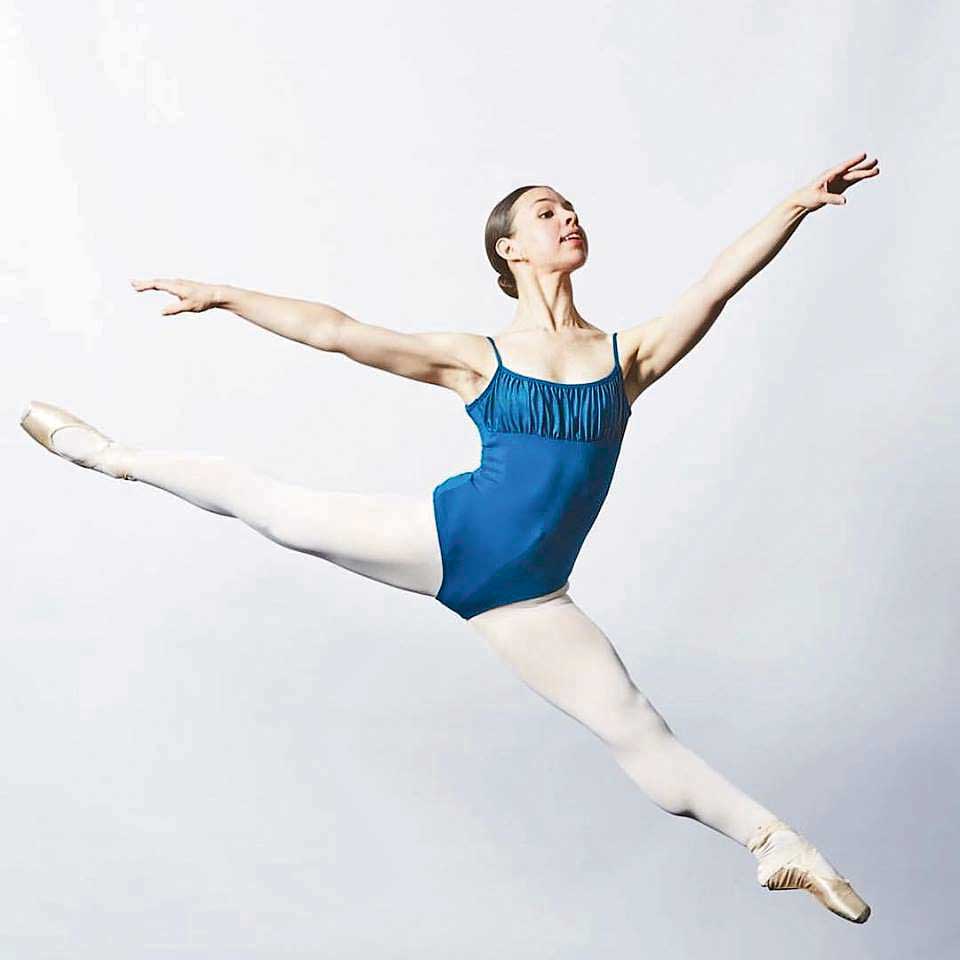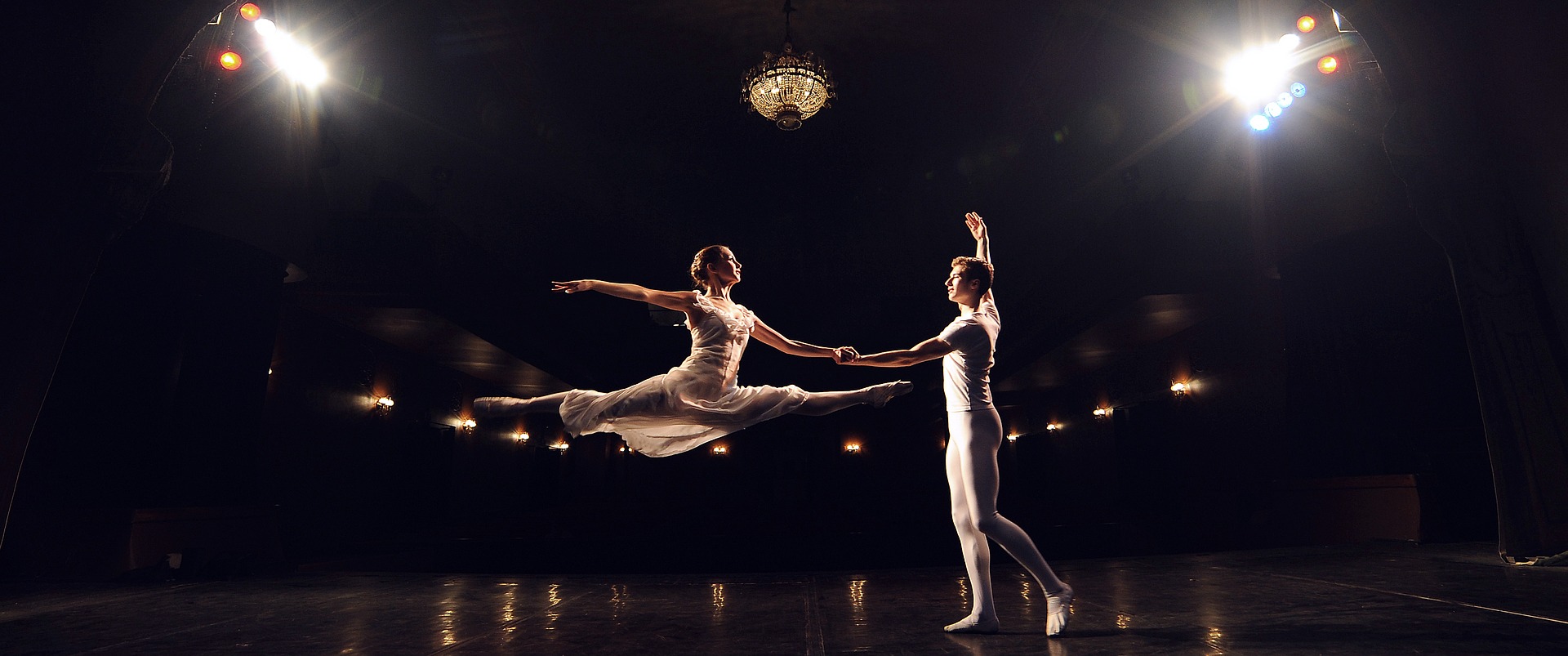

Pose in which one leg is extended behind the body forming a right or acute angle with the back, while the supporting leg is straight or in demi-plié. It normally refers to the action of lengthening the arms into a straight line for a balanced or static position. In Ballet, it is normally associated with jumping combinations, in which the feet and legs must move very fast, but the arms and torso must show tranquility and grace. Allégro is used to describe all movement combinations that are done at a fast tempo and require agility and precision from the dancer.

It can refer to the working leg, meaning that this leg will be lifted from the floor while the supporting leg is still in contact with it for example, rond de jambe en l’air or to a movement done completely in the air with no contact with the floor for example, tour en l’air.Īllégro įast and lively movement. This term is used to indicate that a movement will be performed in the air (en l’air). An Adagio is composed of static positions where the dancer’s lines and extensions can be appreciated, and of promenades and turns in which the dancer must show control and elegance.Īdagio can also refer to one of the composing parts of a classical pas de deux, in which the ballerina shows her lines, control and extensions while being supported by her male partner. It is characterized by the ease and grace of the positions and connections, and builds the dancer’s control and endurance. Adagio is a center combination consisting of controlled, lyrical and continuous steps. New! Some basic Ballet definitions have video links attached to them. You may find it easier to watch a video demonstration of the ballet moves – we just started adding them. Because there are so many specific positions and variations, it helps to know the definitions. We tried to explain them in the most simple and easy way.īallet Terminology is very important to learn for anyone starting with this form of dance. You may also want to look at cross training to build the stamina and improve the muscle power in your legs.Check out the text ‘A to Z’ ballet terms below. It is when you are feeling tired and unable to push your muscles that you have to find that last bit of energy to really give it your all in every jump. No matter whether you have a natural jump or not, it can be improved if you know how. You need to use the right action in your legs for different jumps. For example, in fast beats, like entrechat quatre and royale, you have to action your muscles very quickly and use a small, fast plie.
#Ballet leap full
Without your plie you simply can not jump, but more importantly, without the right use of the plie you won't be give full value to each jump. Remember, your plie is crucial to every single jump, for both the landing and the take off. Split the legs and make a perfect position in the air. Grand jetés are a signature movement in ballet and are a huge part of grand allegro. In your legs to both jump up and along through the air. Need to use a deeper plie for grand allegro, because you need more power Towards travelling across the space and leaping through the air. Grand allegro is the big jumps in ballet. Especially your hips, as they have the most power so you have to really bolt across the stage with no fear. Next, you have to move your body and move your hips. This will help the power of the jump and the speed at which you move. You want to be able to coordinate your arms with your legs so that they move together. To start with, it's crucial to have good co ordination for jumps.
#Ballet leap how to
The fast action jumps, like petite allegro, was a challenge for me and although it improved with practice and knowledge, I also learnt how to 'fake' the spring in my jump with certain techniques. It wasn't my strength and always something I had to work hard at. Other dancers are more gifted in other areas and have to work harder to maintain their ballet jumps. They spring off the floor with no effort at all and hold such power through their leaps. Some dancers are gifted with a natural jump and 'ballon'.

However, this is the key place to build strength and you have to find the inner power push through it. It can be tough after a long class to have the stamina to jump at the end. I have handfuls of young dancers asking: How can I improve my jumps? How can I make my split gand jete? Let me tell you, it is possible to enhance your jumps and it won't stop you from becoming a great dancer.īallet Jumps always take place at the end of your ballet class. Even if you are not a natural jumper, you can learn to improve your leaps with my secret tips! They never fail to amaze the audience in performances. Ballet jumps are the exciting part of ballet.


 0 kommentar(er)
0 kommentar(er)
